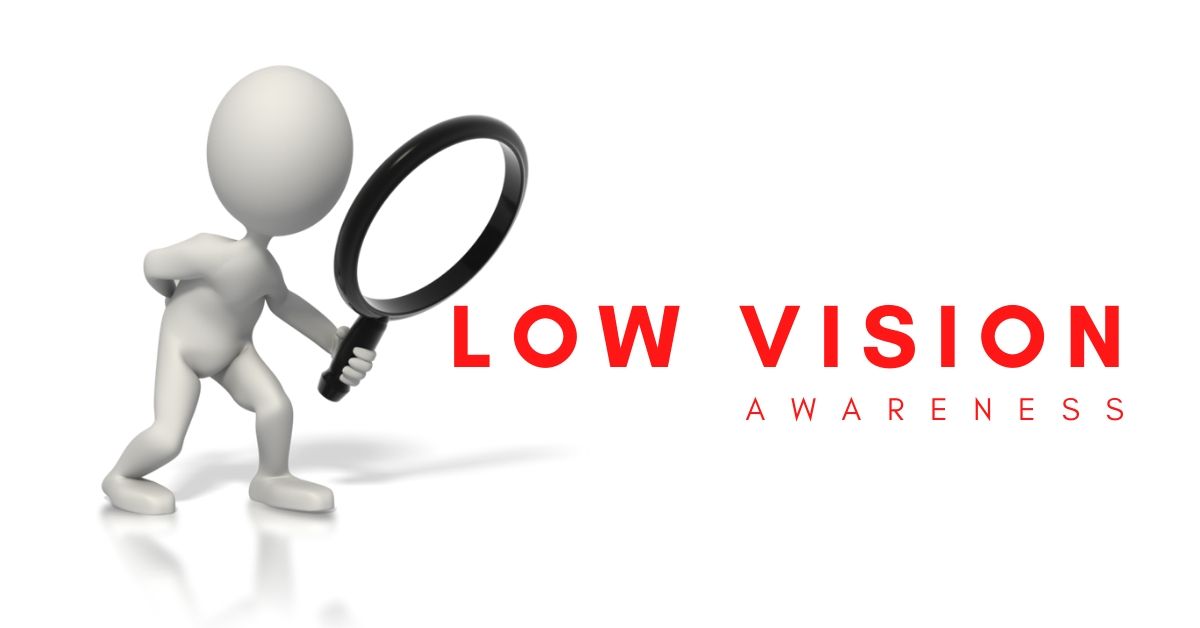February is Macular Degeneration and Low Vision Awareness month. The purpose is to heighten awareness about macular degeneration (ARMD), a leading cause of blindness and low vision. Prevent Blindness and Bausch & Lomb have again partnered to promote this special month.
Macular degeneration, or ARMD (age related macular degeneration), affects the functional center of the retina, the macula. The macula provides our sharpest vision and is the only part of the retina capable of providing 20/20 vision. The macula provides us with the ability to read and discriminate things in fine detail. It also provides us with color vision whereas the peripheral retina only “sees” in shades of grey.
Low vision is defined as loss of vision from eye disease where the vision of the better eye is worse than 20/70. Common eye diseases include macular degeneration, diabetic retinopathy, congenital/inherited retinal disease (e.g. retinitis pigmentosa), glaucoma, etc.
Wet and Dry ARMD
There are two types of macular degeneration: wet and dry. Most patients with macular degeneration have the dry type. While both types usually affect both eyes, the dry form progresses much more slowly compared to the wet. There is no cure for either the wet or dry form, though treatments for the wet are available.
Treatments of the wet form involve injections of anti-VEGF medications. Oral supplements of AREDS2 vitamins may reduce the chance of severe vision loss in appropriate patients who demonstrate particular risk factors. Not all patients with ARMD will benefit from AREDS2 supplements.
The implantable miniature telescope (IMT) is also available for select individuals who have significant visual loss from macular degeneration. The telescope is manufactured by Vision Care and distributed through the CentraSight program.
Diagnosis of Macular Degeneration
A dilated eye exam is essential in diagnosing macular degeneration. Patients with ARMD have characteristic findings and your eye doctor will care full examine your retina looking for drusen, pigment changes, fluid and/or blood within the macular area. There is no specific definitive finding of ARMD.
Diagnostic testing may involve optical coherence tomography (OCT) and fluorescein angiography (FA) to help make a definitive diagnosis.
Your eye doctor may consider referral to a retina specialist for further evaluation and/or treatment.
Other Causes of Low Vision
Diabetic retinopathy and glaucoma are other causes of low vision and are diagnosed and managed differently than macular degeneration.
Other testing is available for inherited retinal diseases such as retinitis pigmentosa. ERG/EOG testing, so called electrophysiologic testing, helps evaluate the electrical pathways between the retina and the brain.
If you would like to schedule an appointment, please call us (877) 245.2020.
